
There are between 300 and 500 American black bears in Yosemite, and the species has had a difficult history when it comes to living beside humans.
© Callum Mair/Iris Films
How humans learned to live with bears
Callum Mair
Black bears in Yosemite National Park are coexisting with humans after years of conflict. Read on for a conservation success story.
'We don't usually give bears names - it helps maintain a professional detachment. We called this guy Big Fatty, though, because he was a big fatty.'
In a cabin near the visitor centre in Yosemite Valley, California, park biologist Ryan Leahy is holding a black bear skull. Its right canine has been completely worn down.
'That's from a lifetime of breaking into cars,' Ryan explains.
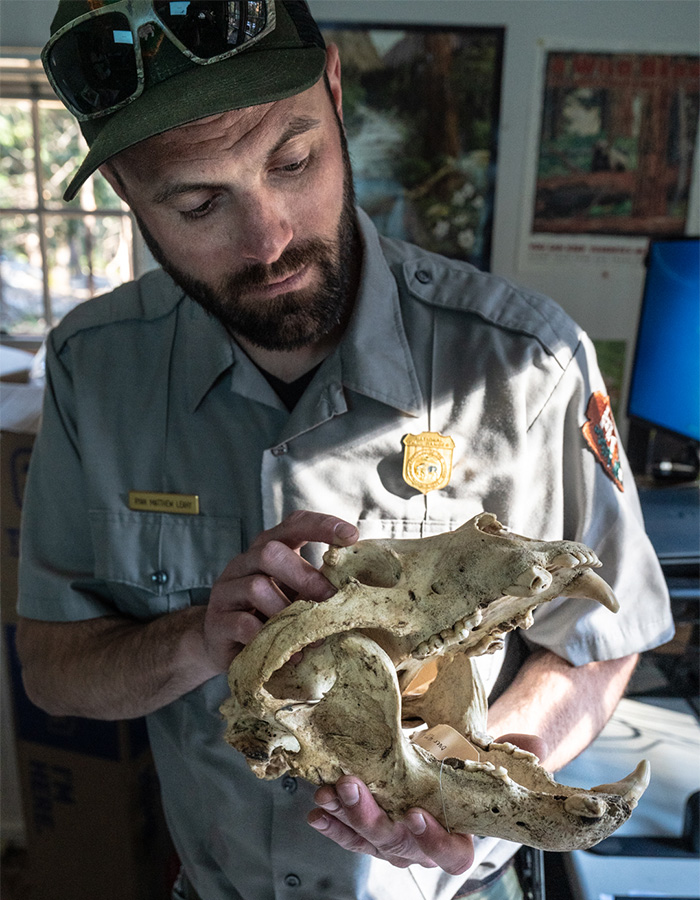
Ryan Leahy has been working in Yosemite for 12 years. Here, inside his base near the park entrance, he examines the skull of a male black bear.
Image: © Callum Mair/Iris Films.
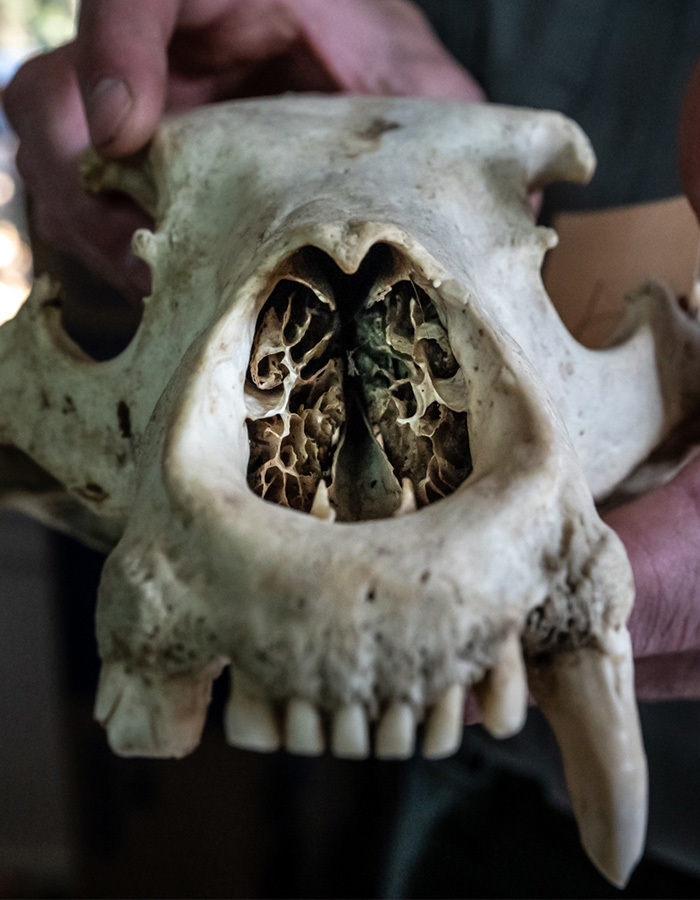
The inside of a black bear's nose contains a huge mucus membrane, giving them one of the most powerful senses of smell in the animal kingdom.
Image: © Callum Mair/Iris Films.
Bears have one of the best senses of smell in the animal kingdom, about seven times better than a bloodhound's.
A look inside Big Fatty's nose shows a complex system of turbinates - folded bones that are covered with a mucus membrane large enough to cover a football pitch. It's clear how a bear can easily smell food left in a car.
This incredible sense of smell has played a big role in Yosemite's bear problems over the years.
In years gone by, human-bear conflict was a huge issue in the central Californian park, but pioneering use of GPS collars has meant that, with constant effort, humans and bears are now co-existing.
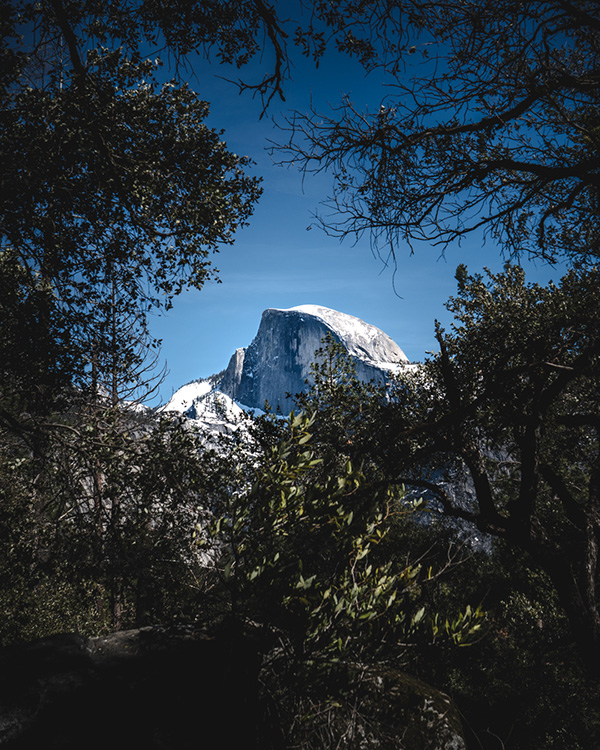
Half Dome is one of Yosemite's most iconic views.
Image: © Callum Mair/Iris Films.
Bear country
Yosemite National Park is bear country. Inaccessible terrain, woodlands with thick undergrowth and an abundance of berries and acorns make this an ideal habitat for bears to thrive.
Yosemite is also a world-famous tourist destination. The awe-inspiring granite cliffs of Half Dome and El Capitan were formed between 210 and 280 million years ago, ten kilometres under the surface.
These were elevated along with the rest of central California's Sierra Nevada mountain range, to be eroded away by a series of glaciations, leaving immense canyons and cliff faces - at times towering over 1,000 metres above the valley floor.
The park's views are some of the most photographed sights on Earth, and its extensive rock walls have made Yosemite a renowned destination for rock climbers.
All of this means up to five million people visit Yosemite every year. While the national park covers over 3,000 square kilometres, 95% of which is wilderness, most tourists spend their time in the 18-kilometre-square Yosemite Valley.
The food and waste associated with so many people concentrated in such a small space can cause problems, including a change in the behaviour of the local fauna.
A modern problem
There are between 300 and 500 American black bears in Yosemite. While these bears naturally avoid people, the temptation of easily obtainable human food draws them into inhabited areas.
Native Americans lived in Yosemite for generations, but large numbers of visitors didn't come to the area until European settlers stumbled upon it in 1851, after which incidents of human-wildlife conflict increased.
By the 1930s, rubbish was dumped in open landfill sites and bleachers were installed to give the park's visitors a front-row seat to watch the bears eat what they could find. Pits of rubbish were deliberately created to entice bears from park campgrounds.
The bears got habituated to human food and would start venturing away from the garbage dumps looking for it, even attacking people to snatch their snacks.

By the early 2000s, Yosemite teams had finally bear-proofed most of the park, including the buildings and bins. It was a huge achievement, but it only went partway towards solving the problem.
Image: © Flickropens in a new window
Soon, human-bear conflict was a huge problem. The bears' incredible sense of smell meant that any food in cars, bins or tents was easily found, and both people and bears found themselves in harm's way. Even though some pits were closed in the 1940s, and the rest of the dumps were shut down in 1970, the issue showed no signs of going away.
'Human-bear conflict peaked in 1998 when there were more than 1,500 incidents,' explains biologist and Yosemite's chief of wildlife, Rachel Mazur.
'We created the problem - big bears with multiple cubs that were conditioned to human food and habituated to humans.
'Bears were inside dumpsters and being hauled away by trash trucks.'
At this time, all the park biologists were so busy dealing with the bears that there was no time for anything else. Despite other species in the park also being impacted by human presence, there simply were no resources to help them.
Rachel says, 'It took us a long time to get to where we are now. Bins that we hoped were bear-proof would fail because the bears figured out how to open them, or people didn't understand how to use them properly. It took many years to work out the kinks, raise the money and update everything to truly be bear-proof.
'Sadly, we also had to kill some bears that were so food-conditioned we couldn't get them safely away from visitors. We also knew they were passing on the habits to other bears through example.'
Ryan adds, 'While the bears take the hit, it is the people who cause the problem.'
Incidents in the park steadily decreased, but the team found themselves reacting to situations, instead of being able to proactively prevent them occurring altogether. This is where GPS technology steps in.
Ryan examines a GPS support system, placed all over the park, to help him track the bears.
Image: © Callum Mair/Iris Films.
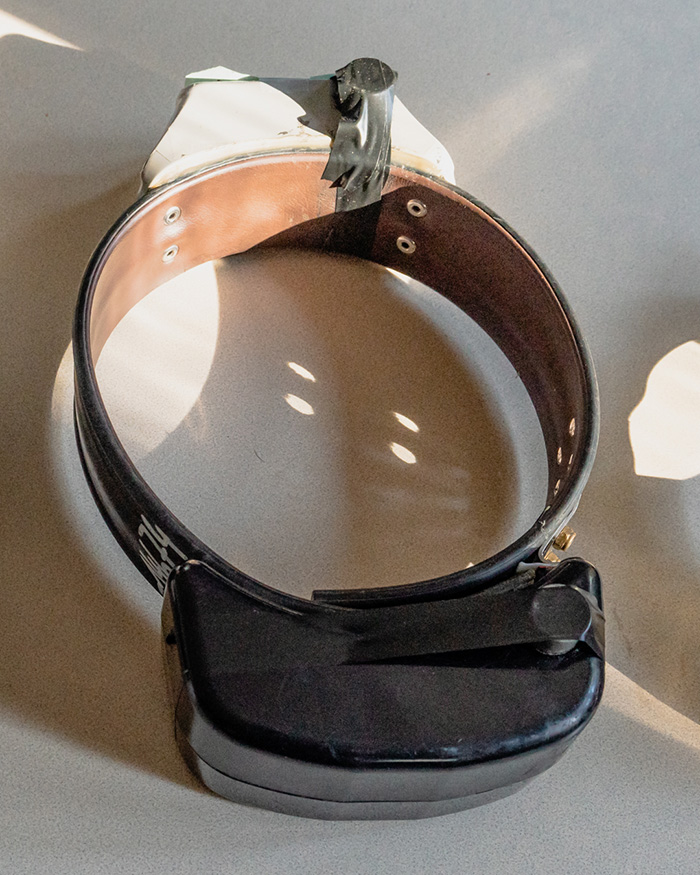
One of the new GPS collars used on the black bears. It looks heavy, but it only weighs 3% of the animal's bodyweight.
Image: © Callum Mair/Iris Films.
An age of satellites
Ryan produces three collars. Pointing to the oldest one, he explains, 'Since 1974 we've been collaring and tracking bears with old technology that relied on radio waves. You used a handheld radio antenna to find the animals out in the park.'
The radio collars had plenty of drawbacks, the biggest being that unless there was a direct and fairly clear connection between the antenna and the collar, the bears would often wander out of range.
Since 2014, Yosemite teams have been using collars with GPS tracking. It's been a huge asset in bear management.
The two newer collars are fitted with GPS technology, which can track each animal's every move, 24 hours a day. The larger collars weigh about 1.3 kilogrammes, to comply with strict wildlife tracking rules that state collars must be less than 3% of an animal's body weight. The small collars are for tracking cubs aged between six to 12 months.

Bears aren't the only species that needs protecting in Yosemite National Park: coyotes, lizards, pond turtles, frogs, mountain lions and owls are among the animals that make the park their home.
Image: © Callum Mair/Iris Films
In the last five years, the team has collared 38 bears. The collars record a location once an hour, and every four hours this data is uploaded to the team's servers. Biologists like Ryan can then log in and see any specific bear's movements. If they're heading towards camp, Ryan can now step in and prevent that bear from causing an incident (defined as a bear causing property damage, causing injury or 'bluff charging').
The GPS technology has caused something of a revolution in the park. Remarkably, there were only 24 bear incidents in 2018 - a 99% decrease on 1998. Most negative human-bear interactions are now bears being hit by cars.
The statistics aren't perfect, but it's a success that most conservationists only dream about.
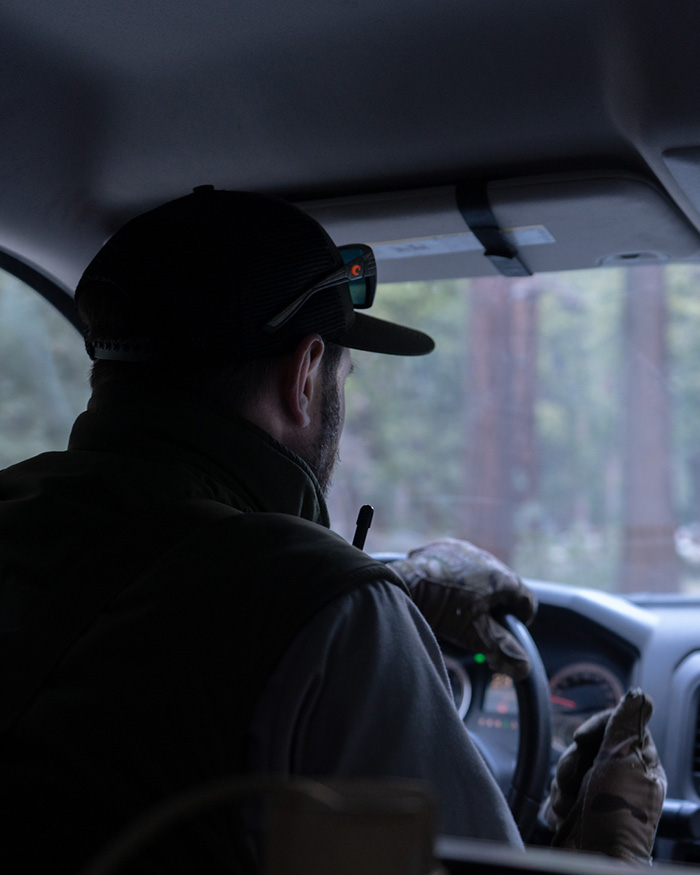
Ryan spends much of his summer patrolling the park and teaching people how to coexist peacefully with all the park's residents.
Image: © Callum Mair/Iris Films
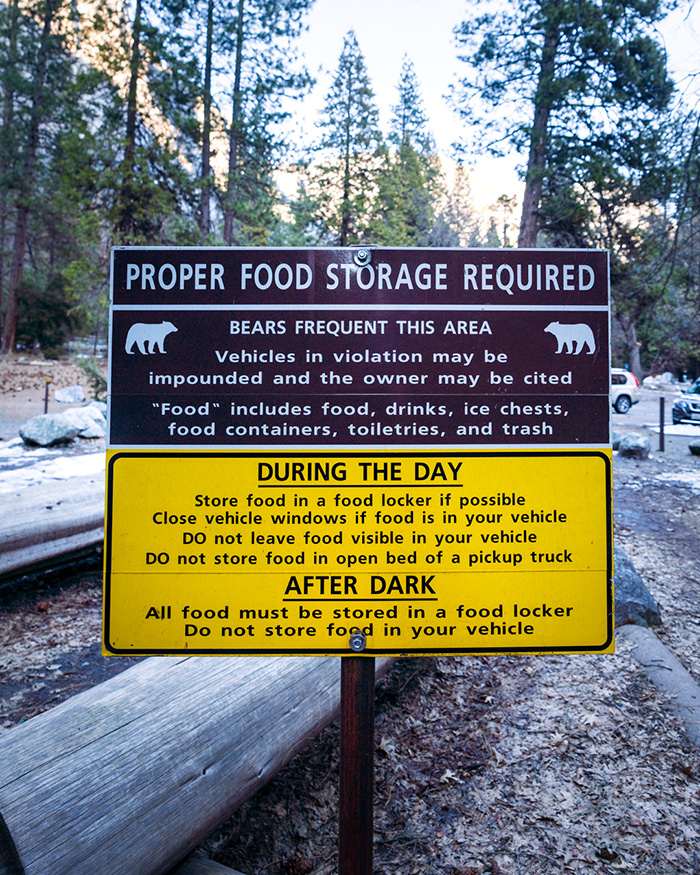
Educating the public is a constant effort, as millions of people flock to Yosemite every year. Signs like this one are placed in every campsite to encourage good practice.
Image: © Callum Mair/Iris Films
The GPS collars are a great way to get ahead of the game in incident prevention, but they're also an incredible research and outreach tool.
'We've tracked a bear as it headed down into a wildfire to eat charcoal beetles,' Ryan enthuses. 'That's a totally new behaviour that we're aware of thanks to these collars.'
With a successful human-bear management programme under her belt, Rachel now has the resources to concurrently run four species restoration programmes.
Keeping the number of incidents this low is no easy feat. During the summer, there are eight people who focus on nothing but bears, and every visitor to the park has to be educated on how to properly store their food.
External factors can also cause issues. During the US government shutdown of December 2018 to January 2019opens in a new window, when park rangers were not allowed to work, one bear managed to get hold of human food several times. Ultimately, though, the human visitors to the park are what make this is an issue to begin with.
'The bears would be just fine without us here in Yosemite,' says Ryan.
'Human presence is the reason that I have a job. About 20,000 people per day visit Yosemite in peak season, and our biggest challenge is educating every single one of them. It has been a 100-year process to get to where we are now.'
More information
Find out more about the National Park Service's Human-Bear Management Programmeopens in a new window.
Take a look at Ryan's bear tracker on the Keep Bears Wildopens in a new window site.

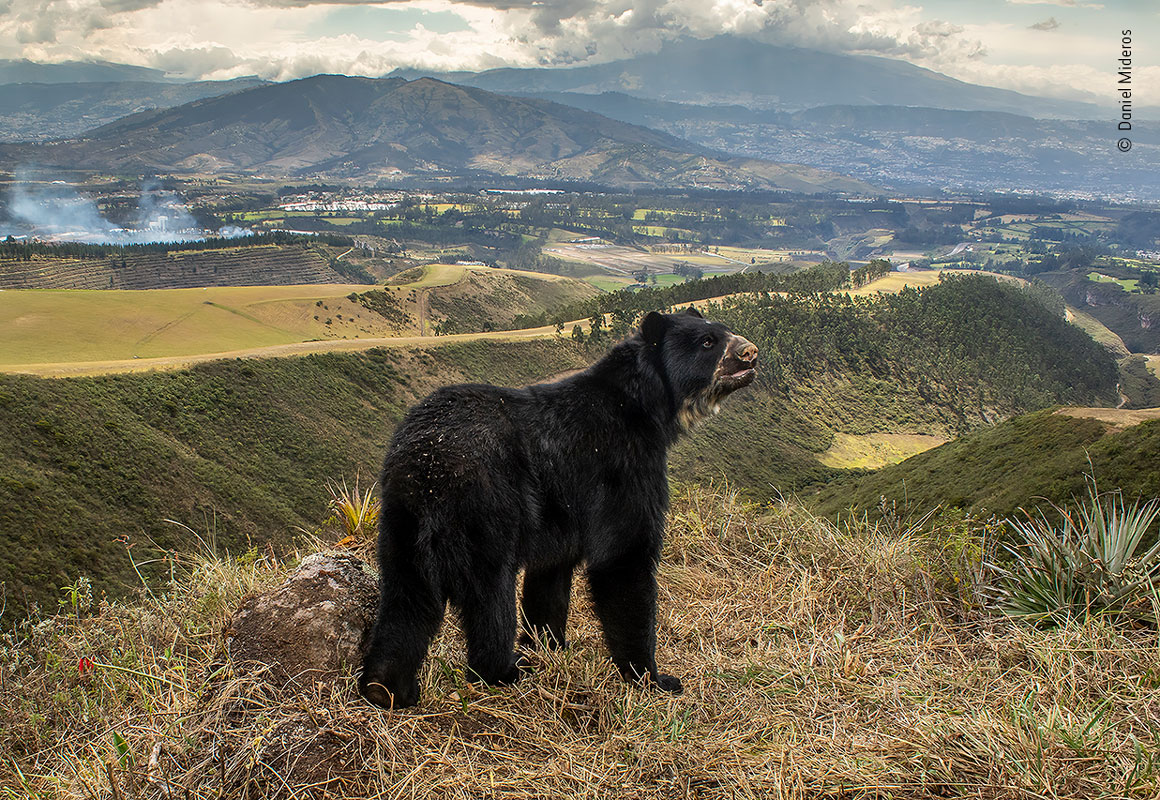
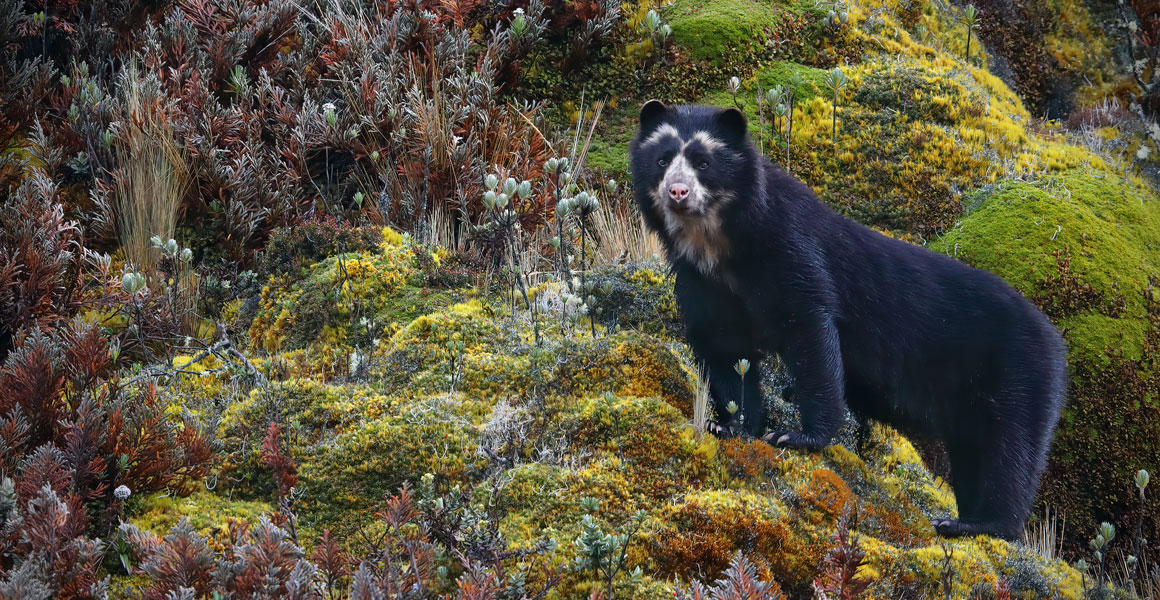
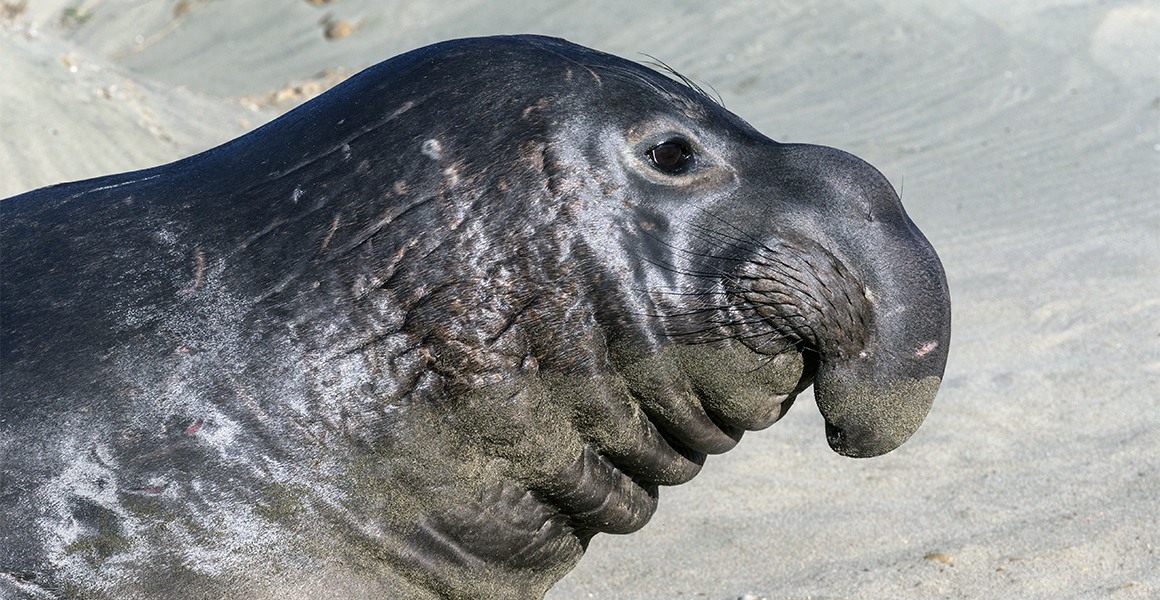
Don't miss a thing
Receive email updates about our news, science, exhibitions, events, products, services and fundraising activities. We may occasionally include third-party content from our corporate partners and other museums. We will not share your personal details with these third parties. You must be over the age of 13. Privacy notice.
Follow us on social media